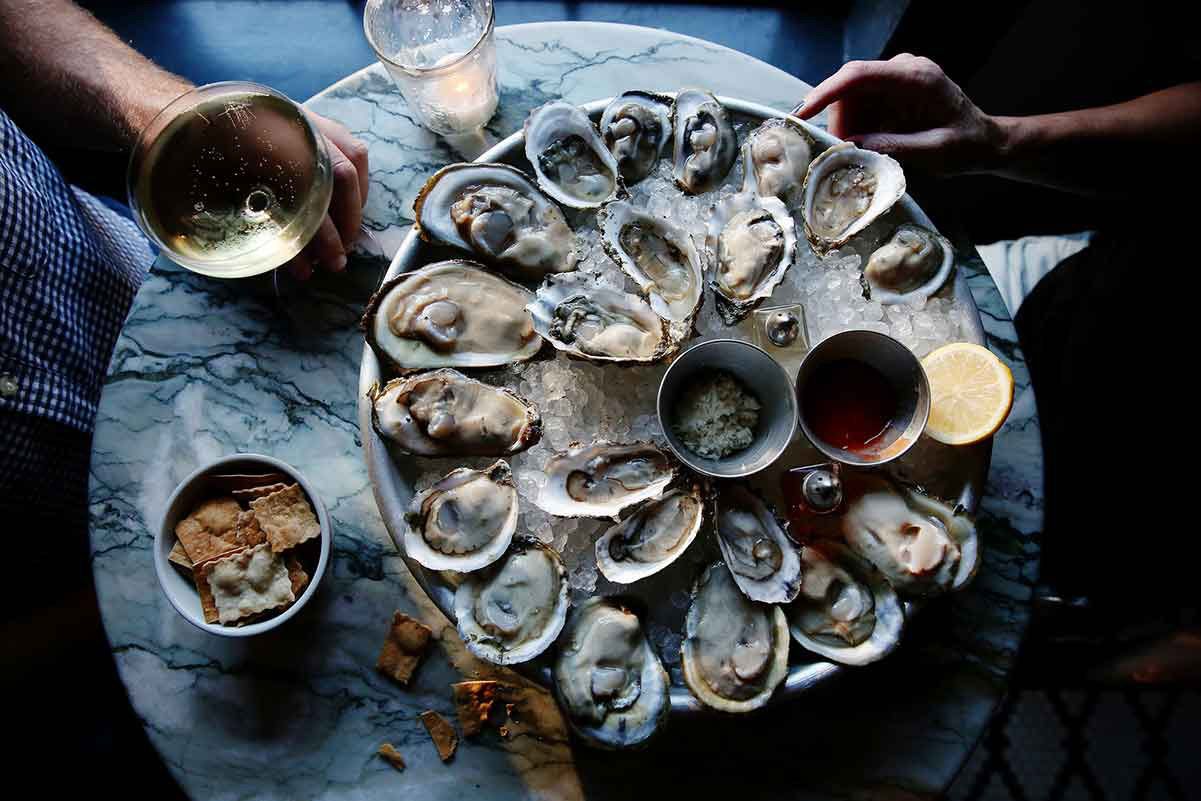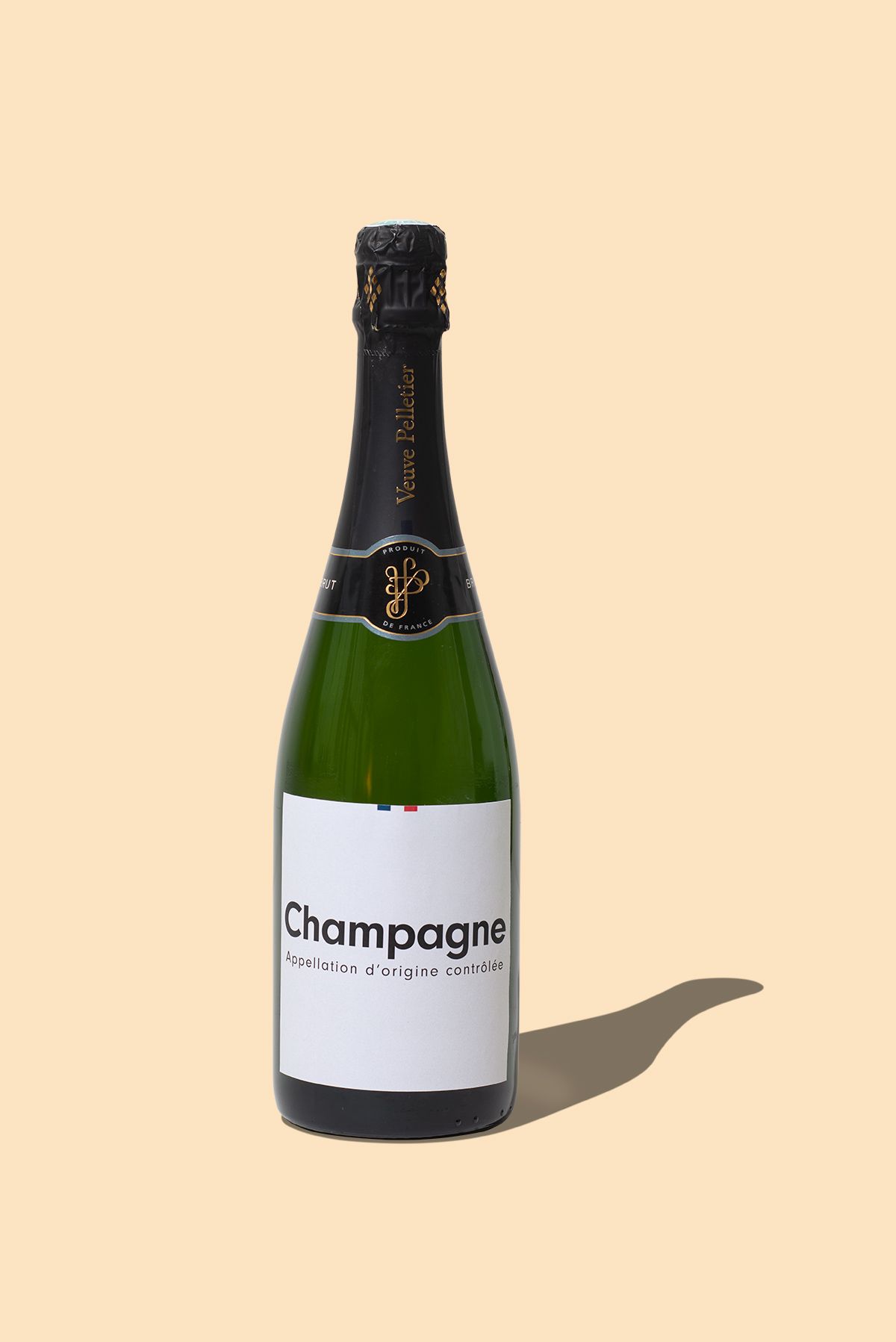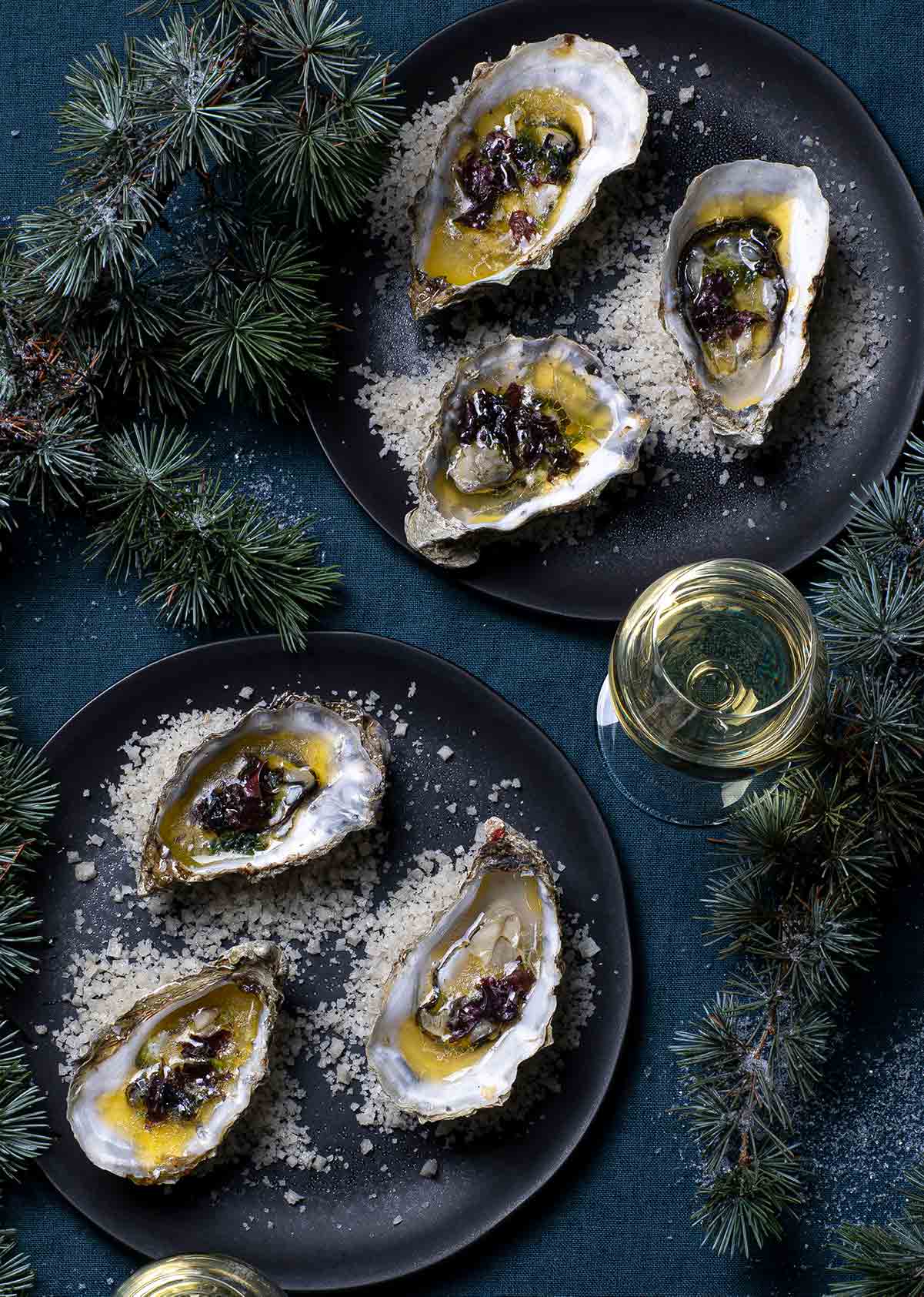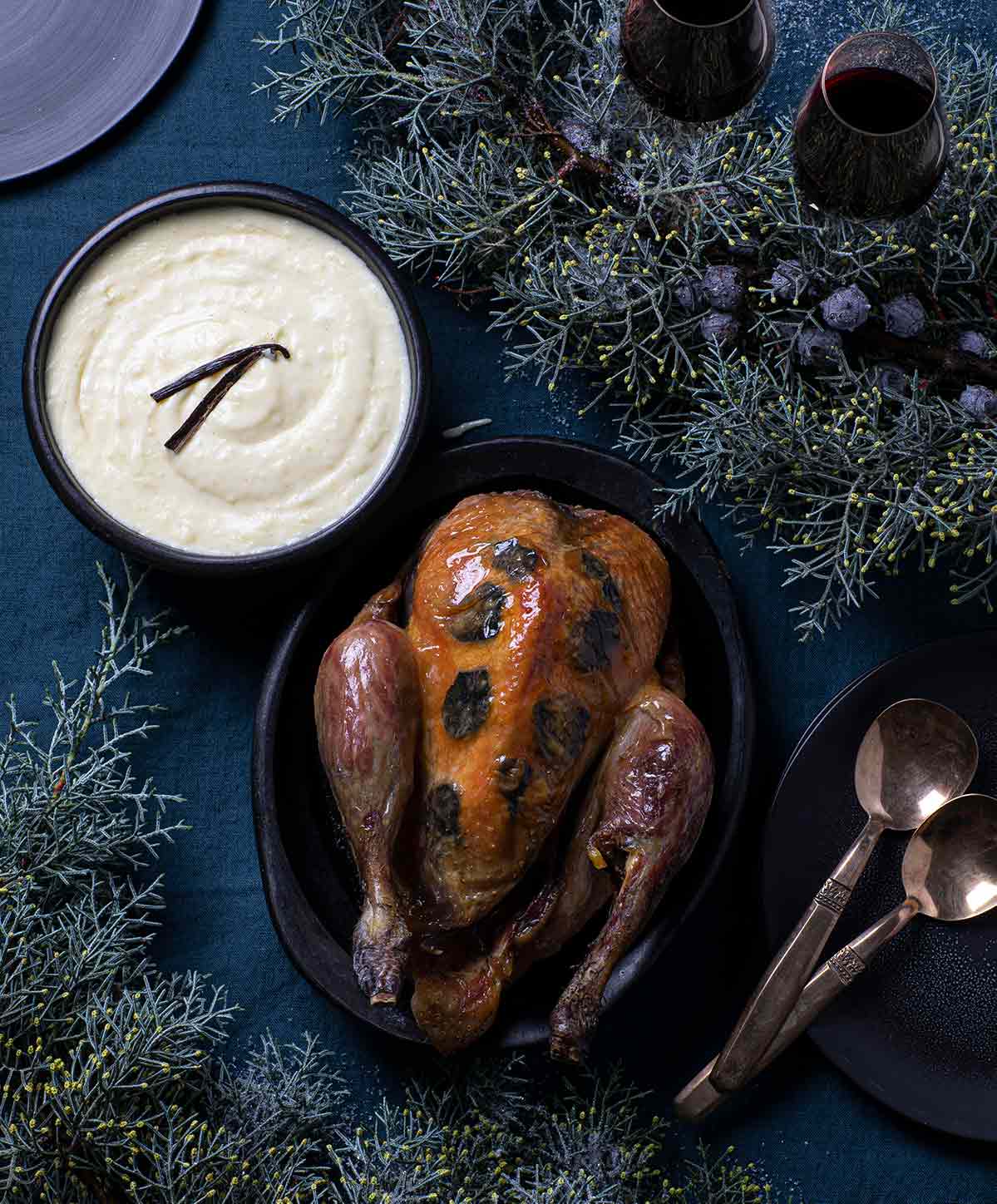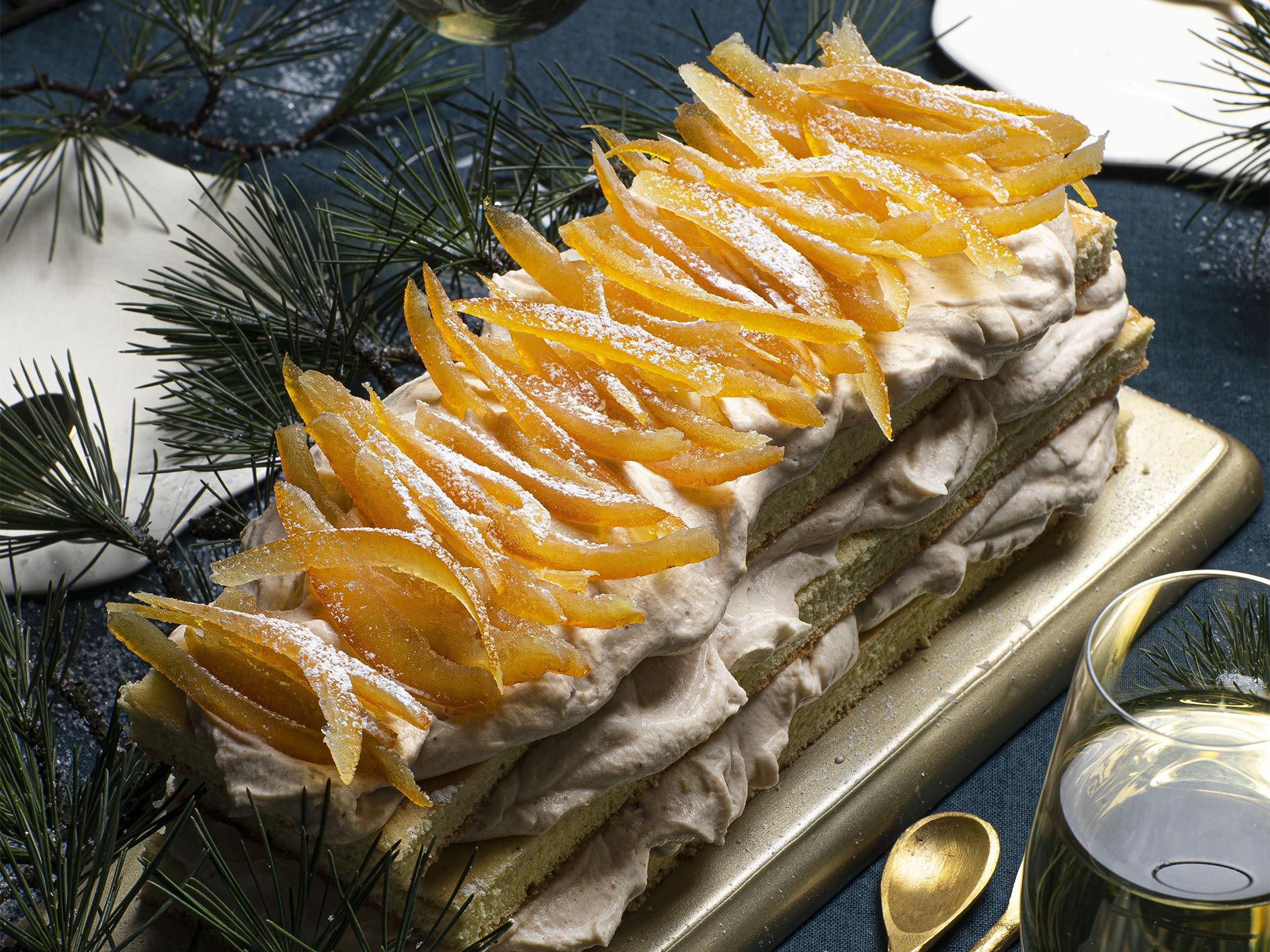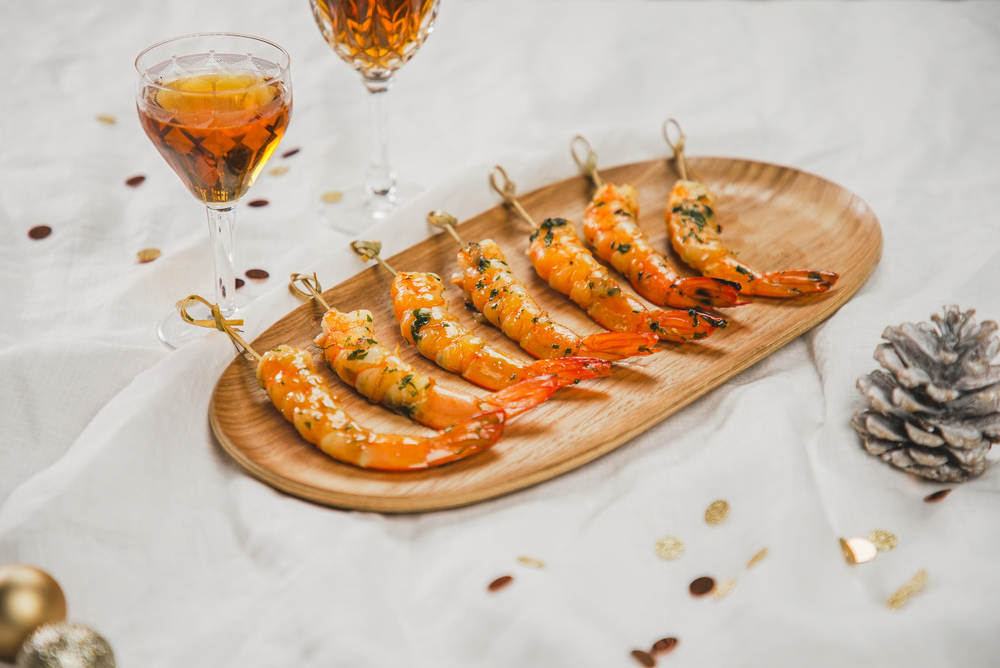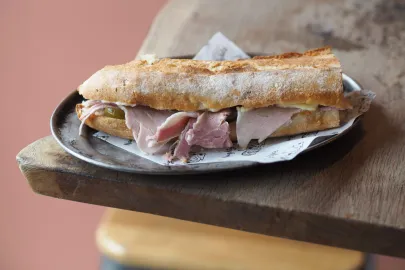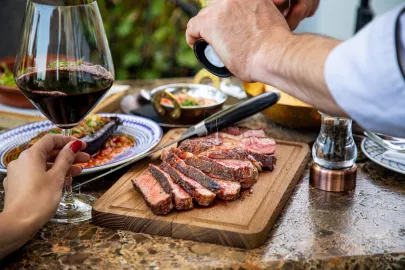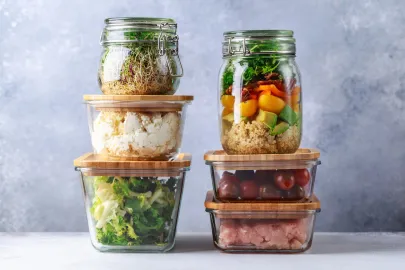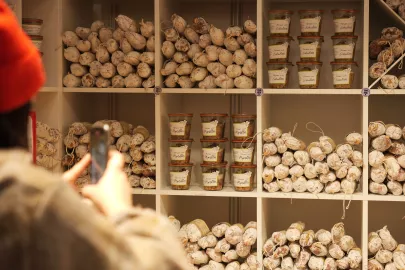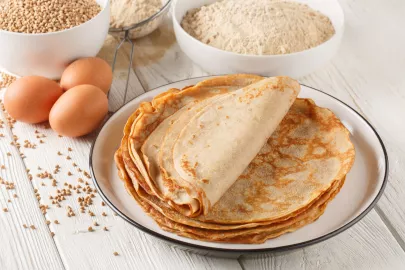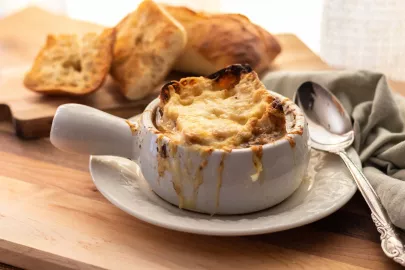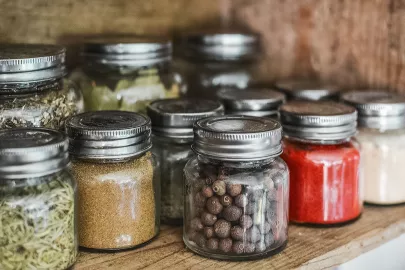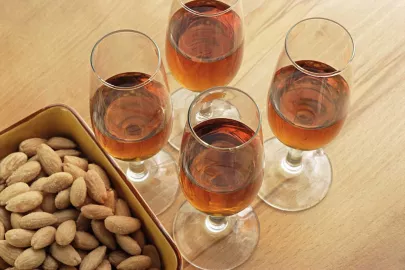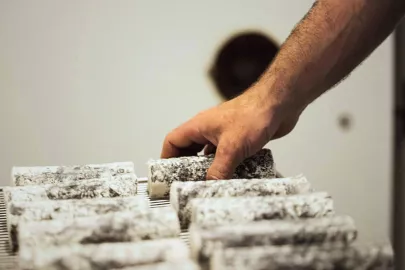From oysters and foie gras to Yule logs, the French Christmas meal is a festive and decadent affair with some unique traditions that might surprise you!
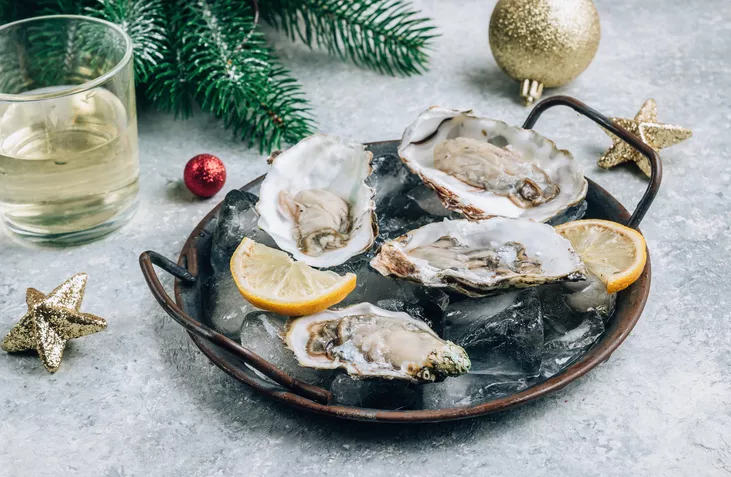
While it’s common around the world to celebrate Christmas with friends and family, each culture has their own set of unique customs and traditions. This is certainly true in France, where particular importance is given to the Christmas meal (it’s France, after all), when the whole family gathers around the table for many hours. From oysters and foie gras to Yule logs, let’s test what you know about the traditional French Christmas meal with these fun facts!
True or False: The main meal is served on Christmas Eve
True! In France, it’s actually on Christmas Eve, rather than Christmas day, that loved ones join together to exchange presents and enjoy festive fare. This event is called “Le Reveillon”, which translates to “waking up”, because it’s centred around a decadent, multi-course meal that stretches into the early hours of the morning.
True or False: Seafood is essential
True! Seafood is a star of the Christmas meal and is usually served through multiple courses, such as during the apéro (pre-dinner drinks and nibbles) and first course. Imagine large platters of chilled oysters with lemon wedges and mignonette sauce, smoked salmon to be eaten with creme fraiche on blinis or toast, large prawns with French mayonnaise, or seared scallops served on the half-shell.
True or False: Vin chaud is served at the table during the meal
False! Vin chaud, or mulled wine, is certainly a winter season staple in France. However, it’s mainly enjoyed outdoors, as a way to warm up when shopping at a Christmas market or enjoying a bit of ice skating, for example. For the Christmas meal, hosts usually serve their best bottles of champagne and wine, and this selection can vary quite a lot from household to household.
True or False: Foie gras is the main dish
False! While foie gras is certainly a highly-anticipated and essential part of the Christmas meal, it’s usually served during the apéro to be eaten over brioche bread or a gingerbread called “pain d’épice”. Instead, the main dish is usually some type of roasted poultry: turkey is quite popular, but it can also be capon, guinea fowl, duck, or even goose.
True or False: There are 13 desserts
True! The 13 desserts of Christmas come from a centuries old religious tradition in the French region of Provence. While most families in France enjoy a Yule log (bûche de Noël) for dessert, in Provence the table is spread with dried and fresh fruits, nuts, nougat, and a popular orange-flavoured brioche cake known as “oil pump”.
With such a wide selection of delicious holiday dishes, it’s no wonder the French look forward to their Christmas meal with such anticipation!
Christmas in other countries: more fun food facts
We hope you’ve discovered some interesting facts about Christmas in France and around the world– after all, they might even make for engaging dinner party discussion over the holiday season! And now that you know all about the holiday meal, if you’re looking to bring a little French flavour to your Christmas dinner, you might be interested in our holiday recipes.

